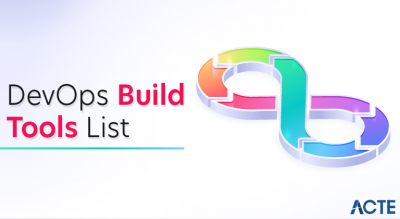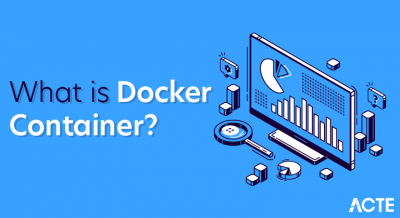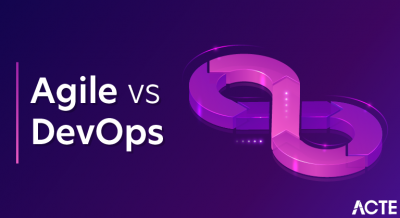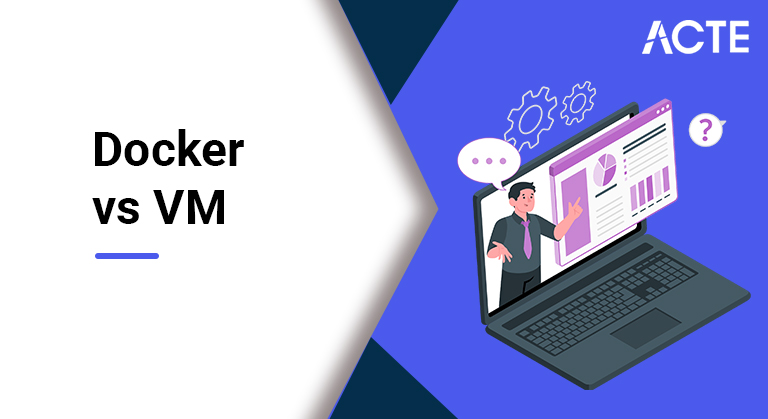
What is Docker?
Associations in this day and age anticipate changing their business carefully yet are compelled by the assorted arrangement of utilizations, cloud, and on-premises-based foundation. Docker addresses this impediment of each association with a compartment stage that brings customary applications and microservices based on Windows, Linux, and centralized server into a robotized and secure production network.
Docker is a product advancement apparatus and a virtualization innovation that makes it simple to create, convey, and oversee applications by utilizing compartments. Compartment alludes to a lightweight, independent, executable bundle of a piece of programming that contains every one of the libraries, setup documents, conditions, and other vital parts to work the application.
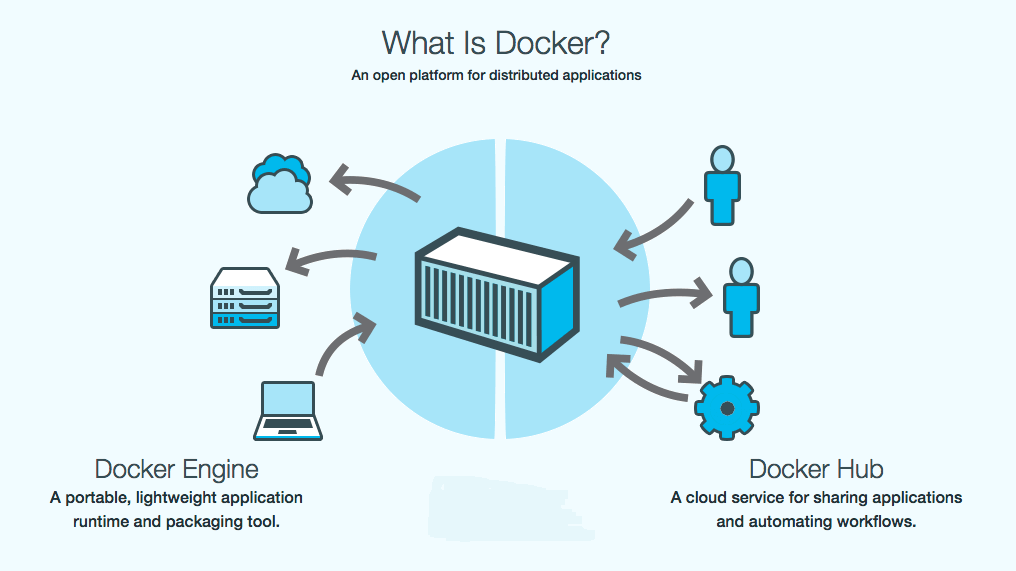
At the end of the day, applications run the equivalent independent of where they are and what machine they are running on the grounds that the holder gives the climate all through the product improvement life pattern of the application. Since compartments are detached, they give security, in this manner permitting numerous holders to run all the while on the given host. Likewise, compartments are lightweight since they don’t need an additional a heap of a hypervisor. A hypervisor is a visitor working framework like VMWare or VirtualBox, however all things being equal, compartments run straightforwardly inside the host’s machine bit.
- Virtual machines, then again, are made to perform errands that, if in any case performed straightforwardly on the host climate, may end up being unsafe. Virtual machines are disengaged from the remainder of the framework; the product inside the virtual machine can’t mess with the host PC. Along these lines, carrying out assignments, for example, getting to infection contaminated information and testing of working frameworks are finished utilizing virtual machines.
- We can characterize a virtual machine as: A virtual machine is a PC record or programming generally named as a visitor, or a picture that is established inside a processing climate called the host. A virtual machine is equipped for performing undertakings, for example, running applications and projects like a different PC making them ideal for testing other working frameworks like beta deliveries, making working framework reinforcements, and running programming and applications. A host can have a few virtual machines running at a particular time. Logfile, NVRAM setting document, virtual plate record, and design document are a portion of the key documents that make up a virtual machine.
- One more area where virtual machines are of incredible use is server virtualization. In server virtualization, an actual server is separated into numerous secluded and special servers, accordingly permitting every server to run its working framework autonomously. Each virtual machine gives its virtual equipment, like CPUs, memory, network interfaces, hard drives, and different gadgets.
What are virtual machines?
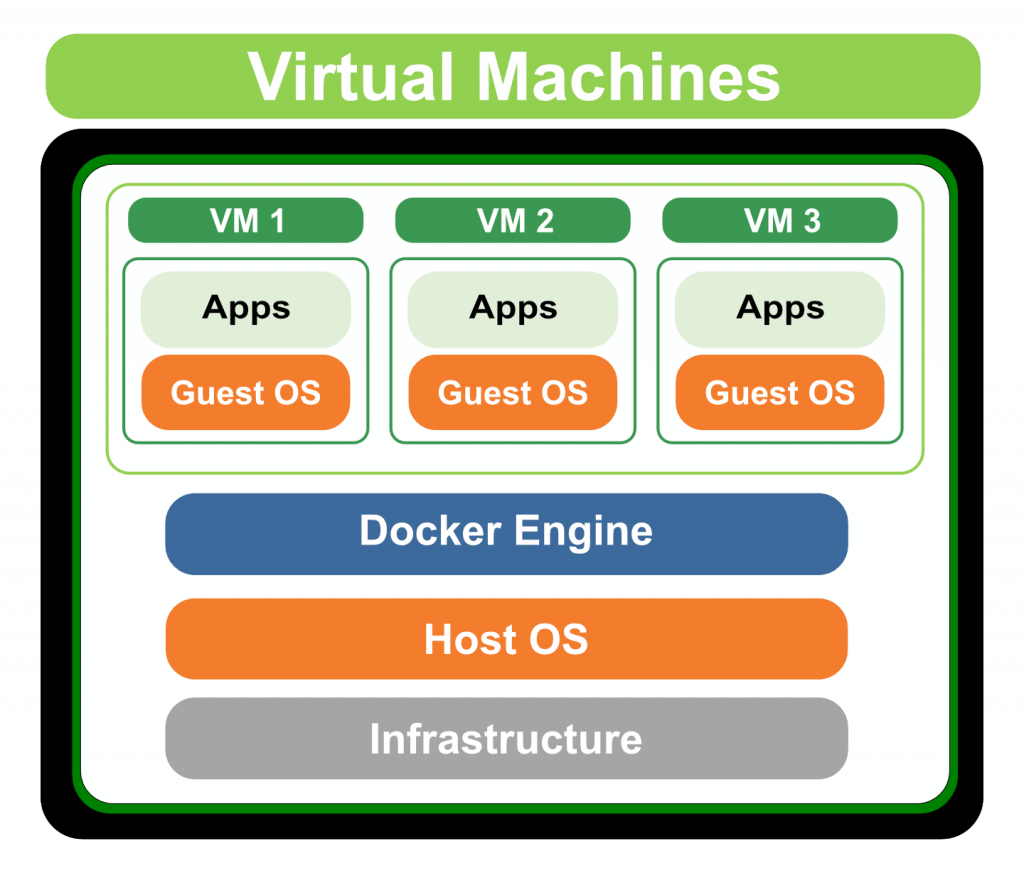
Comparison
The following are the huge contrasts among Docker and virtual machines.
1. Docker versus Virtual Machines: OS Support and Architecture
The primary contrast lies in their design, showed beneath. Docker versus Virtual Machines Virtual machines have OS and the visitor OS inside each VM. Visitor OS can be any OS, similar to Linux or Windows, independent of host OS. Conversely, Docker compartments have on a solitary actual server with a host OS, what divides between them. Dividing the host OS among holders makes them light and builds the boot time. Docker holders are viewed as appropriate to run various applications over a solitary OS bit; while, virtual machines are required assuming the applications or administrations needed to run on various OS.
2. Docker versus Virtual Machines: Security
Virtual machines are independent with their portion and security highlights. Accordingly, applications requiring more honors and security run on virtual machines. On the other side, giving root admittance to applications and running them with authoritative premises isn’t suggested on account of Docker holders since compartments share the host bit. The holder innovation approaches the part subsystems; therefore, a solitary tainted application is equipped for hacking the whole host framework.
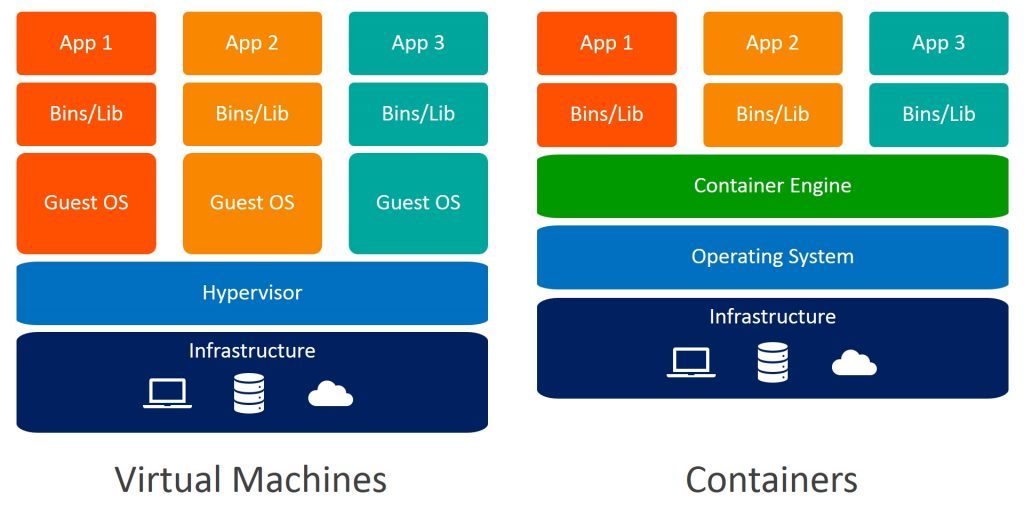
3. Docker versus Virtual Machines: Portability
Virtual machines are disengaged from their OS, thus, they are not ported across numerous stages without bringing about similarity issues. At the advancement level, on the off chance that an application is to be tried on various stages, then, at that point, Docker holders should be thought of. Docker holders bundles are independent and can run applications in any climate, and since they needn’t bother with a visitor OS, they can be effortlessly ported across various stages. Docker holders can be effectively conveyed in servers since compartments being lightweight can be begun and halted in exceptionally less time contrasted with virtual machines.
4. Docker versus Virtual Machines: Performance
Virtual machines are more asset concentrated than Docker compartments as the virtual machines need to stack the whole OS to begin. The lightweight engineering of Docker compartments is less asset concentrated than virtual machines. On account of virtual machines, assets like CPU, memory, and I/O may not be dispensed for all time to holders — not at all like on account of compartments, where the asset utilization with the heap or traffic. Increasing and copying compartments in basic and simple when contrasted with virtual machines in light of the fact that there is no compelling reason to introduce a working framework in them.
- It will not be reasonable for think about Docker and virtual machines since they are planned for various use. Docker, almost certainly is acquiring force nowadays, however they can’t be said to supplant virtual machines. Disregarding Docker acquiring prominence, a virtual machine is a superior decision in specific cases. Virtual machines are considered a reasonable decision in a creation climate, rather than Docker holders since they run on their own OS without being a danger to the host PC.
- Yet, assuming that the applications are to be tried then Docker is the decision to go for, as Docker gives distinctive OS stages to the exhaustive testing of the product or an application. Moreover, Docker compartments use docker-motor rather than the hypervisor, as in virtual machines. As the host portion in not shared, utilizing docker-motor makes compartments little, secluded, viable, superior execution concentrated and rapidly responsive.
- Docker compartments have nearly low overhead as they have similarity to share single portion and application libraries. Associations are utilizing the half and half methodology generally as the decision between virtual machines and Docker compartments relies on the sort of responsibility advertised. Additionally, relatively few advanced functional organizations depend on virtual machines as their essential decision and favor relocating towards involving compartments as the sending is nearly extensive and running microservices is likewise one of the significant difficulties it has.
- In any case, they are still a few firms that lean toward virtual machines over Dockers while organizations who are keen on big business grade security for their foundation like to utilize Dockers. At long last, compartments and Docker are not in struggle with virtual machines, they are both corresponding instruments for various responsibility and use. Virtual machines are worked for applications that are typically static and don’t change frequently. While, the Docker stage is worked with an attitude to be more adaptable so compartments can be refreshed effectively and every now and again.
Which is a better choice?
Docker vs. Virtual Machine :-
| Operating system | Docker is a container-based model where containers are software packages used for executing an application on any operating system In Docker, the containers share the host OS kernel Here, multiple workloads can run on a single OS | It is not a container-based model; they use user space along with the kernel space of an OS It does not share the host kernel Each workload needs a complete OS or hypervisor |
| Performance | Docker containers result in high-performance as they use the same operating system with no additional software (like hypervisor) Docker containers can start up quickly and result in less boot-up time | Since VM uses a separate OS; it causes more resources to be used Virtual machines don’t start quickly and lead to poor performance |
| Portability | With docker containers, users can create an application and store it into a container image. Then, he/she can run it across any host environment Docker container is smaller than VMs, because of which the process of transferring files on the host’s filesystem is easier | It has known portability issues. VMs don’t have a central hub and it requires more memory space to store data While transferring files, VMs should have a copy of the OS and its dependencies because of which image size is increased and becomes a tedious process to share data |
| Speed | The application in Docker containers starts with no delay since the OS is already up and running These containers were basically designed to save time in the deployment process of an application | It takes a much longer time than it takes for a container to run applications To deploy a single application, Virtual Machines need to start the entire OS, which would cause a full boot process |
Conclusion :-
That finishes up the Docker versus VM article. In this review, we realized what Docker and Virtual machine are, the contrasts among Docker and virtual machine, and genuine use instance of Docker utilizing BBC.
Assuming that you might want to get a decent comprehension of the Docker instrument, Simplilearn can tackle your concern. The Docker In-Depth Training Course will assist you with learning about Docker. With this certificate, you will actually want to learn active experience on the most proficient method to establish adaptable application conditions with Docker.


